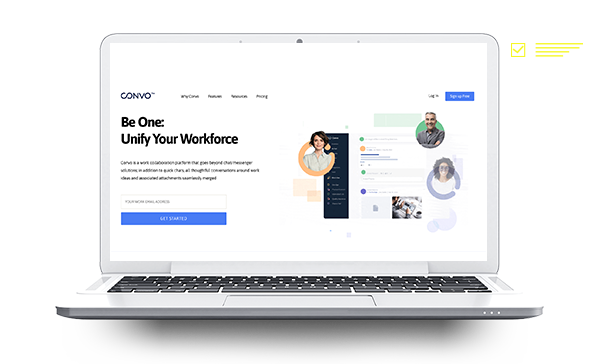You must have noticed Artificial Intelligence making news all around the world and it has become a top priority for businesses to be successful. Therefore, it would not be wrong to say that the impact Artificial Intelligence and Machine Learning has had and is bound to have on businesses is nothing less than a dramatic digital transformation. As per IDC’s forecast, the spending on AI technologies will grow to $97.9B in 2023, which is more than double the spending level in 2019. Furthermore, 61% of business executives around the world say that AI will substantially transform industries within the next three years.
HOW ARE THEY DIFFERENT?
Artificial Intelligence and Machine Learning belong to the same department of computer sciences and are often correlated with each other. Although AI & Machine Learning are two related technologies, they are two different terms in various cases.
On a broad level, AI is a technology used to create intelligent systems that stimulates human processes and behaviors. While machine learning is a sub field of AI which makes decisions based on historical data. AI on the other hand does not need to be pre-programmed because it works with its own intelligence, mimicking human thinking power, whereas ML uses data to generate results or provided solutions based on that data.
However, the thing to keep in mind is that AI and Machine Learning can’t come up with something from nothing. They need to be input with data to serve as a powerful tool enabling collaboration between humans and machines.
AI & ML IN PRACTICE
Business processes have dramatically advanced with Artificial intelligence and Machine Learning, due to which over one in five enterprises see modernizing its data infrastructure for AI as the top AI initiative to gain a competitive edge in today’s business world.
Consistent with improving data efficiency, AI & Machine Learning has helped the healthcare sector gain more insights into medical research by suggesting possible components to use into drugs for various diseases and complications. Implementation and integration of AI & Machine Learning have also enabled industries to enjoy swift changes in their key business functions.
If you happen to be an organization using ERP solutions, then it is the right time to think about automating your operations because not only does it improve ERP software, but also enables real-time and accurate data insights.
Revenue increases from adopting AI are reported most often in marketing and sales, and cost decreases most often in manufacturing.
Cost decreases and revenue increases from AI adoption, by function, 9% of respondents
1 Source: McKinsey & Company (November 22, 2019 | Survey)
(mckinsey.com/featured-insights/artificial-intelligence/global-ai-survey-ai-proves-its-worth-but-few-scale-impact)
2 Source: CBS Interactive (September 2016)
That’s not all! How can we forget about AI’s support in fighting COVID-19? It has helped in understanding how the virus spreads and has sped up the research of treatment. For example, hospitals are using AI to scan individuals and intervene before it’s late.
PEEKING INTO THE FUTURE
Apart from businesses making use of the technology, the facts itself are in favor of AI & Machine Learning. According to PointSource when AI is present, 49% of consumers are willing to shop more frequently and, 34% will spend more money. This means that organizations with intelligent solutions are more likely to be successful. On the other hand, Gartner; a global research firm predicts that by 2020, 85% of customer interactions will be handled by machines, while Accenture; a strategy and consultancy provider states that AI will boost business productivity by up to 40%.
With that being said, Convo understands the potential of AI & Machine Learning in our day to day business activities and has capitalized on this opportunity to incorporate these two trending automation tools, in order to take organizations to new levels in the present and the future. AI is prevalent in every aspect of an organization. Hence, Convo believes that organizations must move ahead and take steps to leverage this technology to its best possible extent.









 deemed Convo to be 1 of the
deemed Convo to be 1 of the